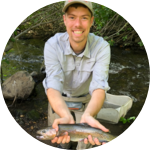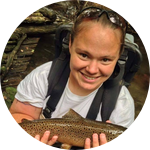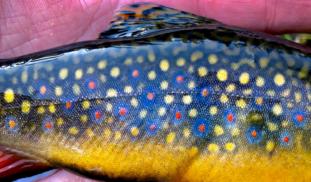Please wait...
About This Project
Freshwater fish account for a quarter of the world’s vertebrate species and are critical to maintaining healthy ecosystems and supporting local communities. However, freshwater fish remain one of the most vulnerable taxa to climate change, with over 1/3 of species threatened with extinction. How will fish adapt and survive in response to climate change? We are attempting to answer this question by examining the underlying genetic variation that enables populations adapt to thermal stress.
More Lab Notes From This Project

Browse Other Projects on Experiment
Related Projects
Using eDNA to examine protected California species in streams at Hastings Reserve
Hastings Reserve is home to three streams that provide critical habitat for sensitive native species. Through...
City smart: Are cities making birds smarter?
One cannot go to Florida and miss the White Ibises roaming golf, park and private lawns. But how does a...
How do polar bears stay healthy on the world's worst diet?
Polar bears survive almost entirely on seal fat. Yet unlike humans who eat high-fat diets, polar bears never...



